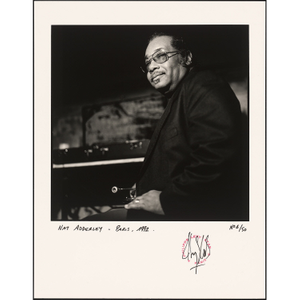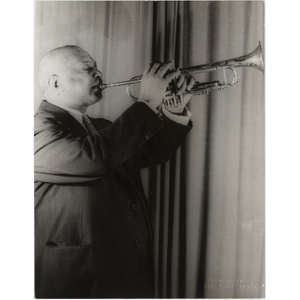Description
With the light, breathy sound of his trumpet and his wistful singing voice, Chet Baker helped define West Coast jazz in the 1950s, proving nearly as influential to the birth of cool jazz as Miles Davis. Baker gained his first exposure to jazz while serving as a U.S. Army band member. After leaving the military in 1951, he went to Los Angeles, where the opportunity to play with Charlie Parker effectively launched his career. In 1952 Gerry Mulligan tapped Baker to join him in fronting his influential pianoless quartet. Although Baker’s association with Mulligan was brief, it produced a major hit—“My Funny Valentine”—that became Baker’s signature. He formed his own quartet in 1953 and saw his popularity soar until acute drug addiction largely derailed his career. Baker struggled to rebuild his embouchure after a severe beating in 1968 claimed most of his teeth. Two decades later, he died after falling from a second-story window.Con el sonido etéreo y susurrante de su trompeta y su voz melancólica, Chet Baker contribuyó a definir el West Coast jazz en la década de 1950, siendo casi tan influyente como Miles Davis en la génesis del cool jazz. Baker tuvo su primer contacto con el jazz cuando pertenecía a la banda del Ejército estadounidense. En 1951 dejó el ejército y se trasladó a Los Angeles, donde se le presentó la oportunidad de tocar con Charlie Parker, y esto ciertamente lanzó su carrera. En 1952 Gerry Mulligan le propuso liderar junto con él su influyente cuarteto...
Image
Selenium Toned Gelatin Silver Print
National Portrait Gallery, Smithsonian Institution





















